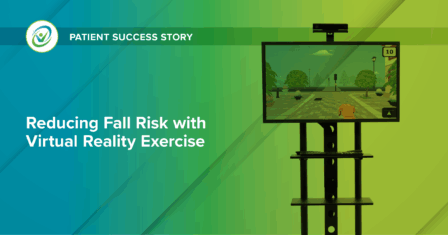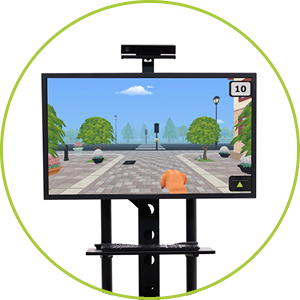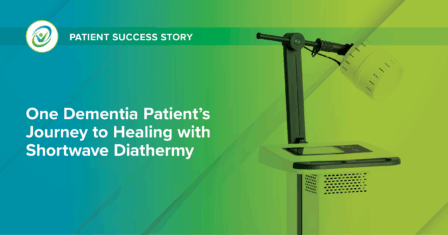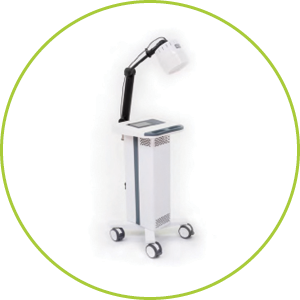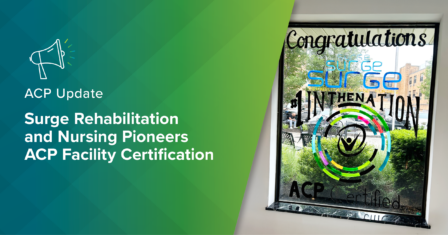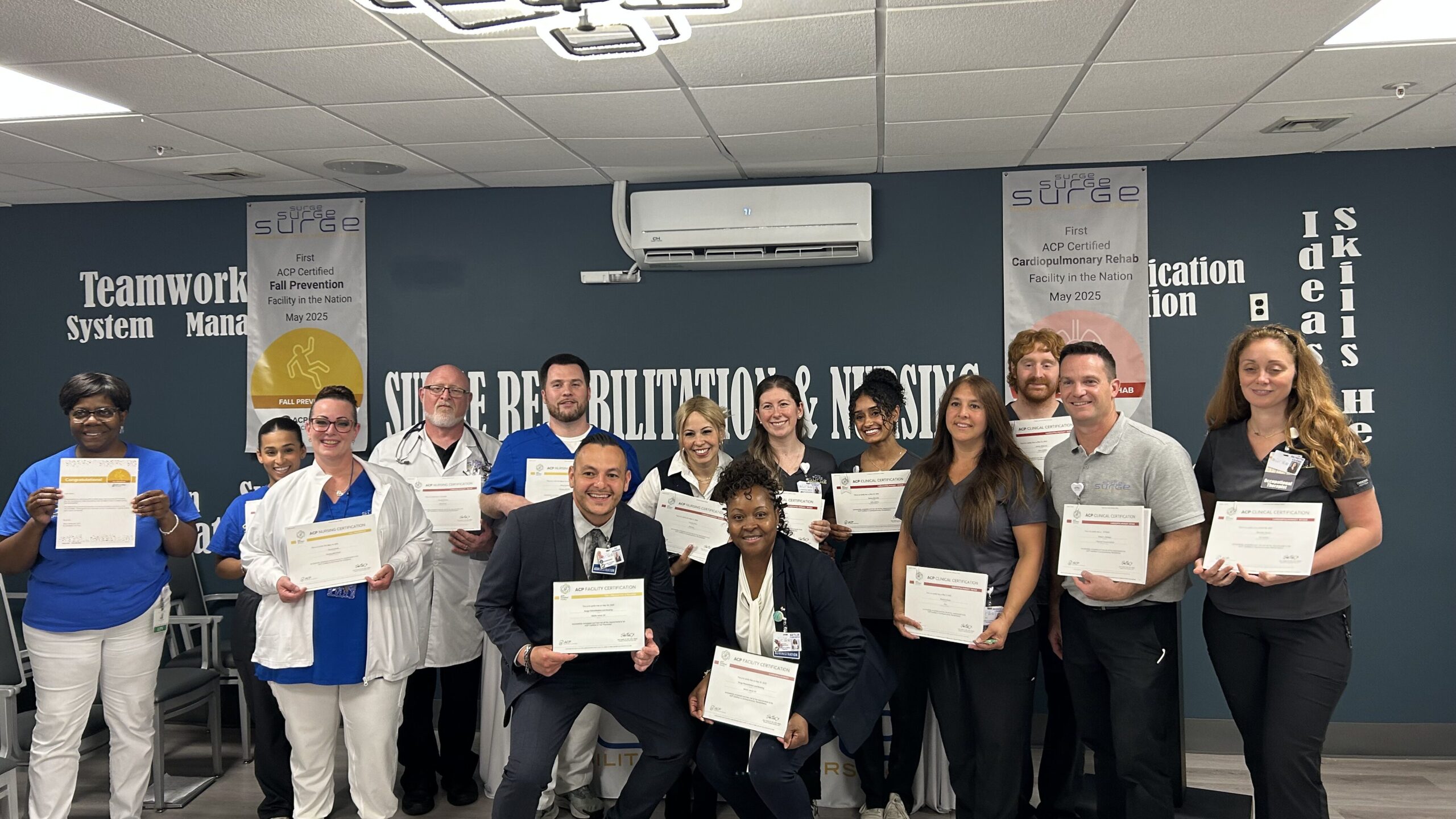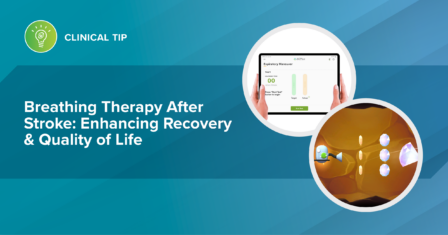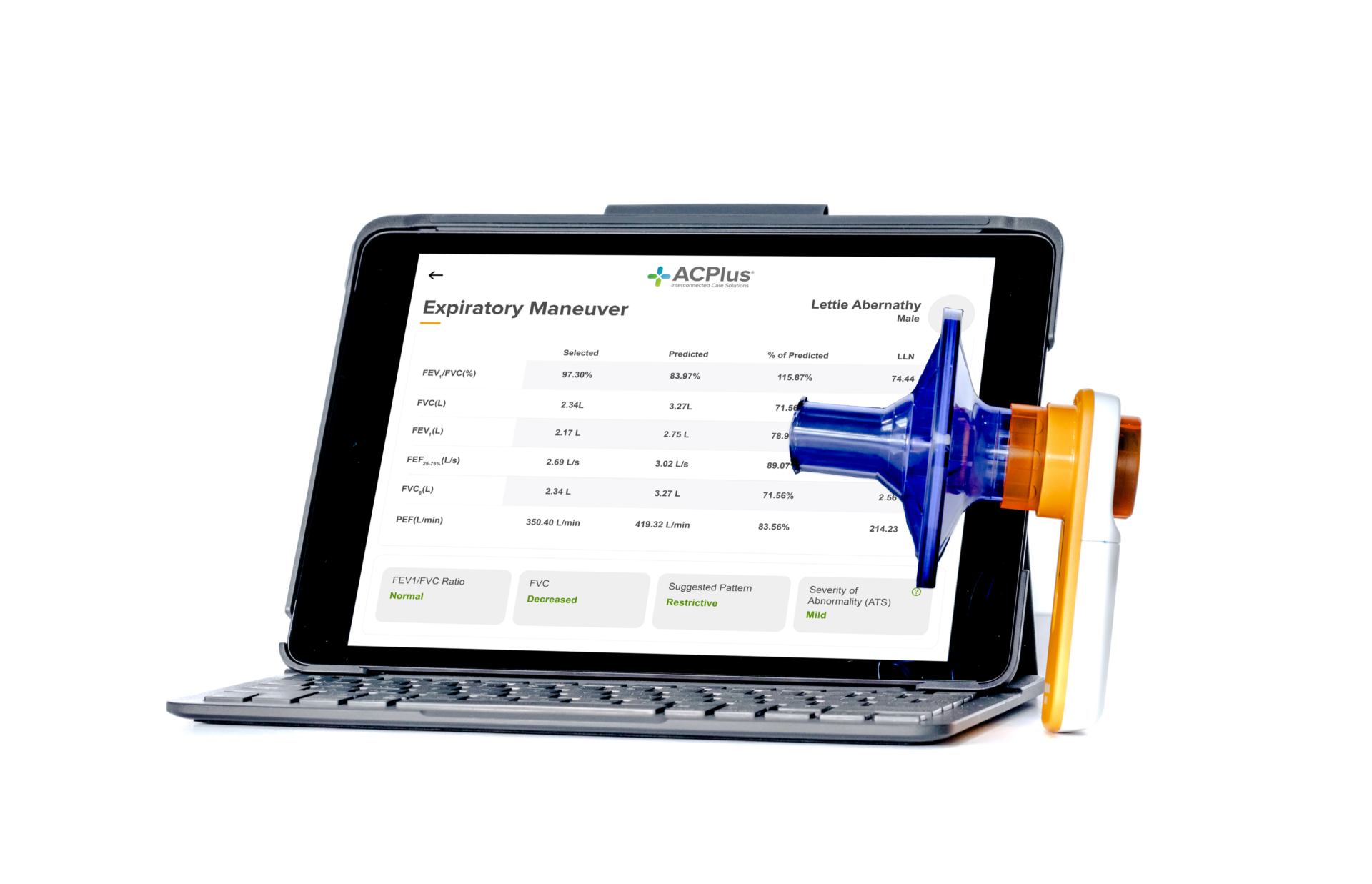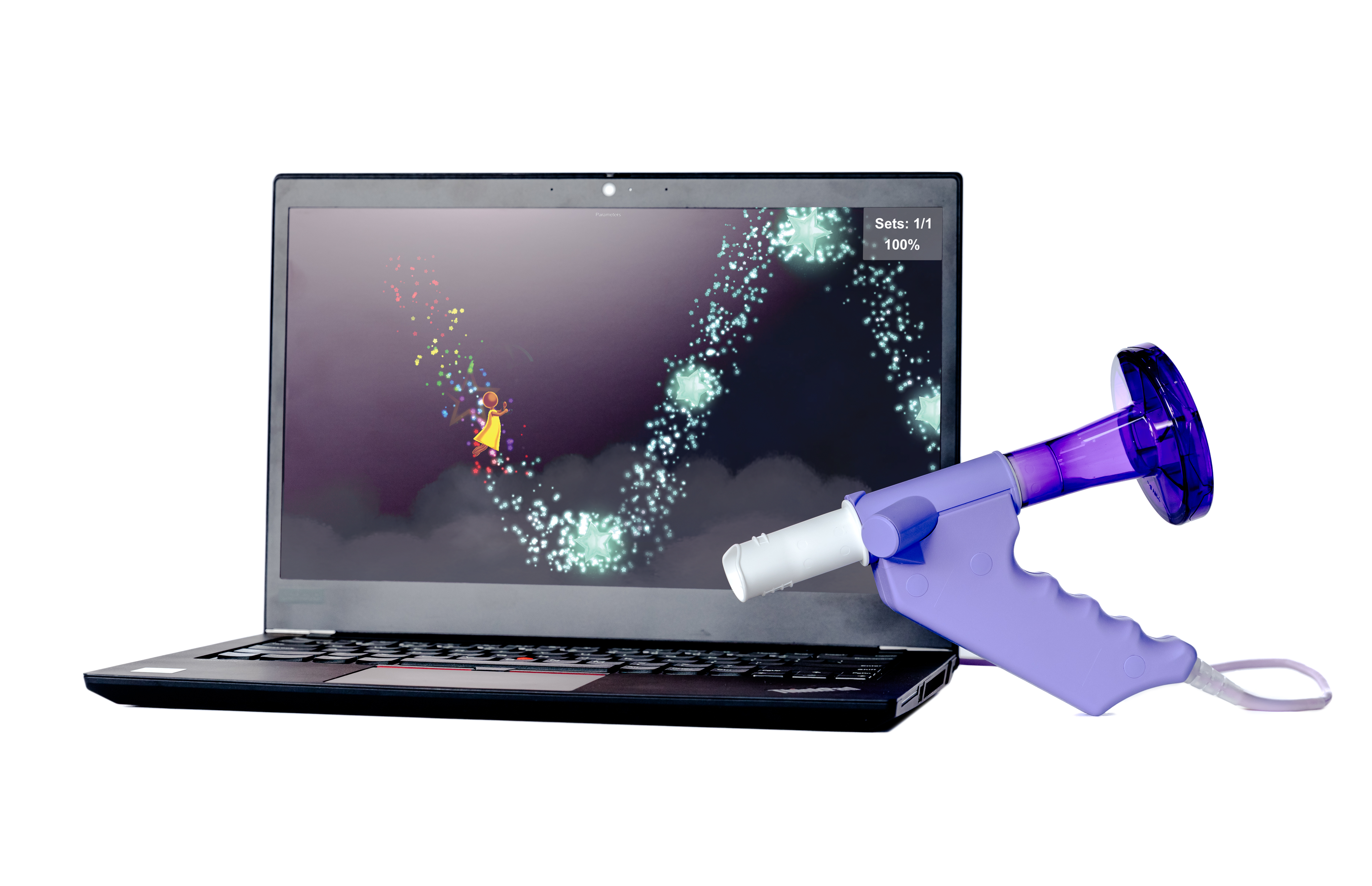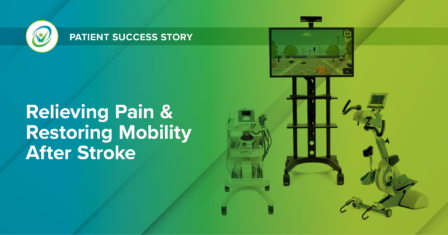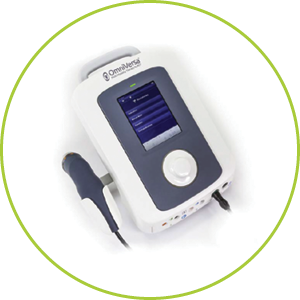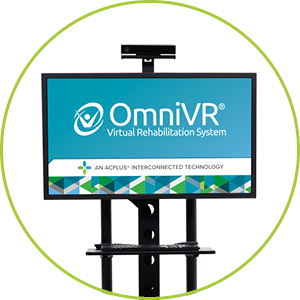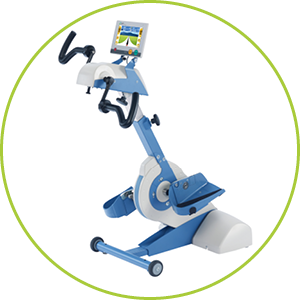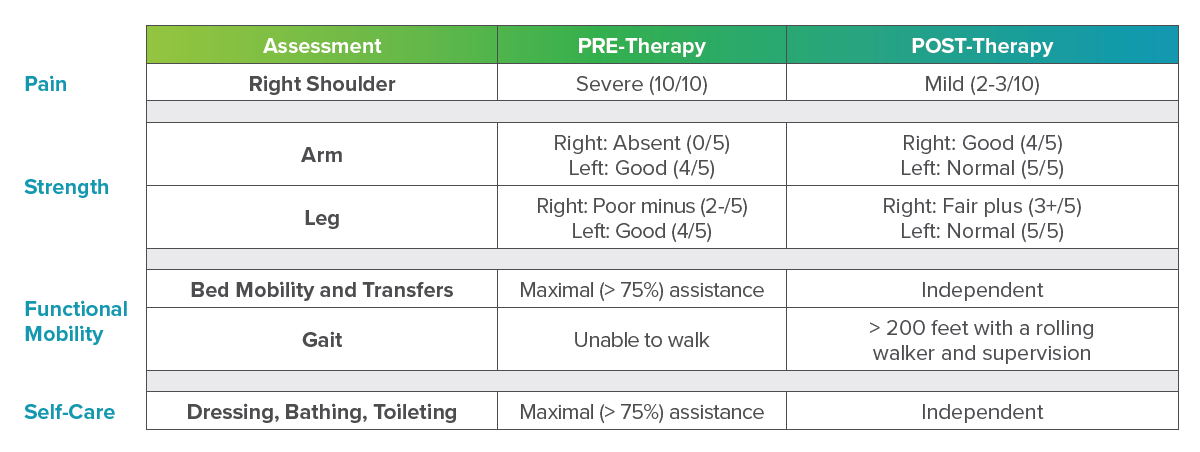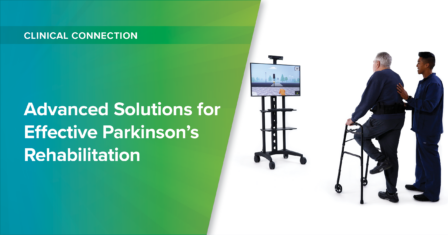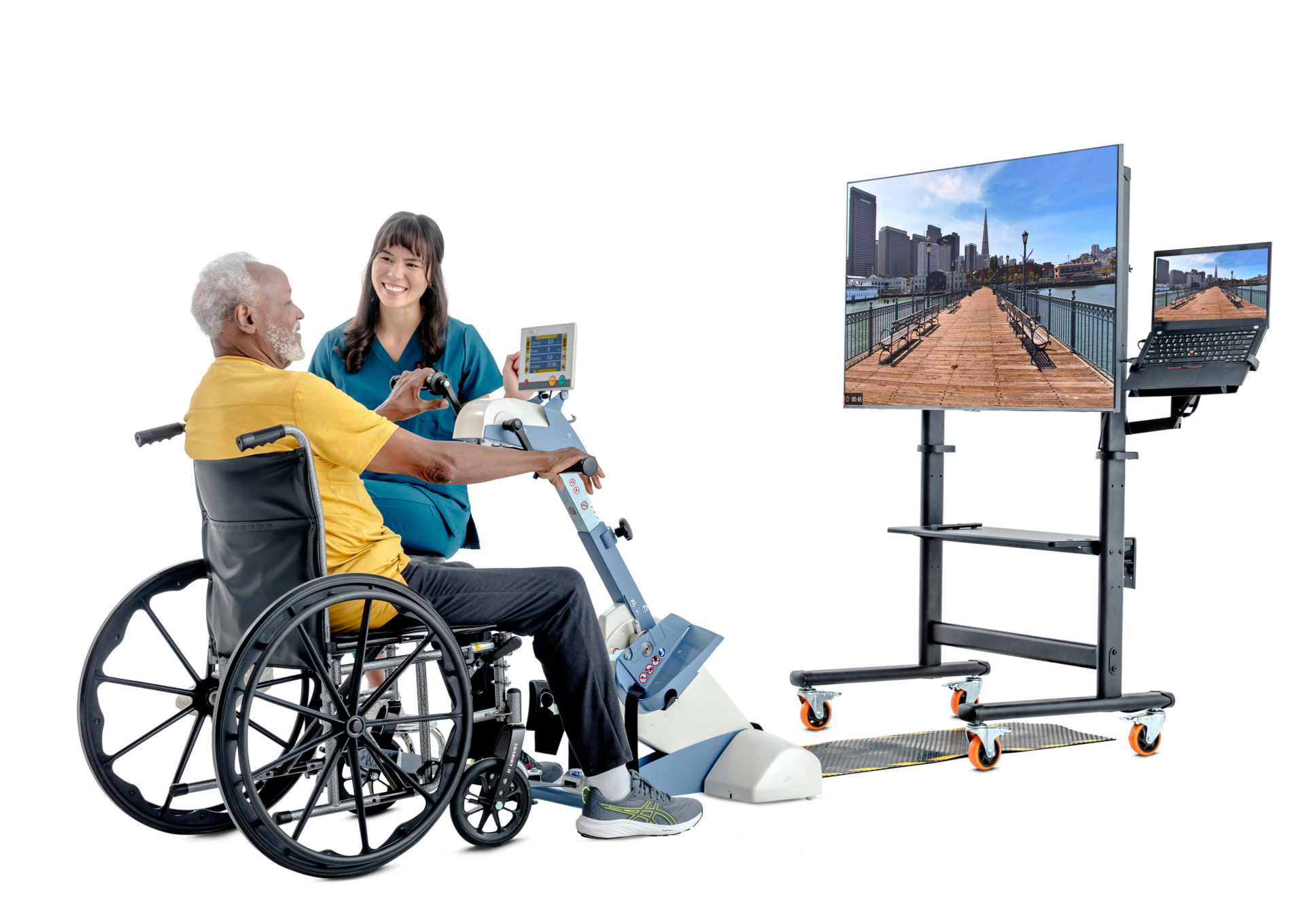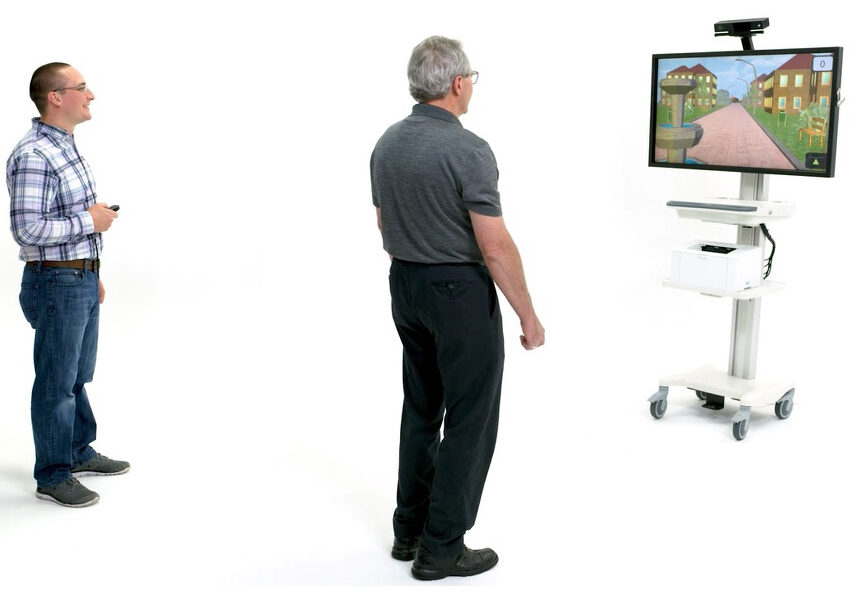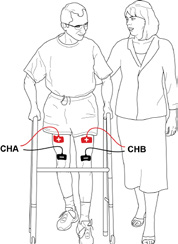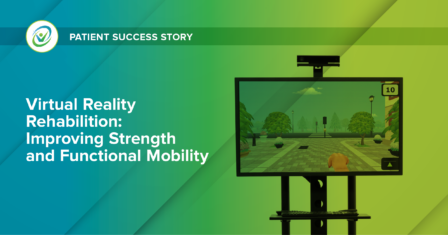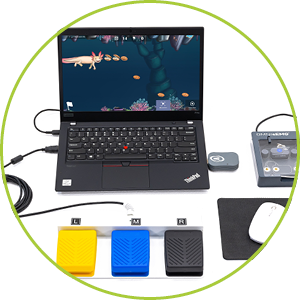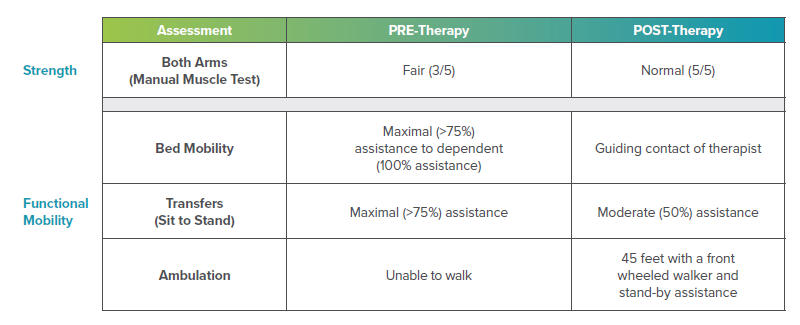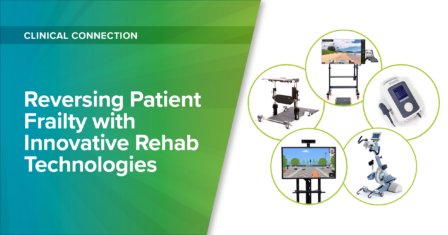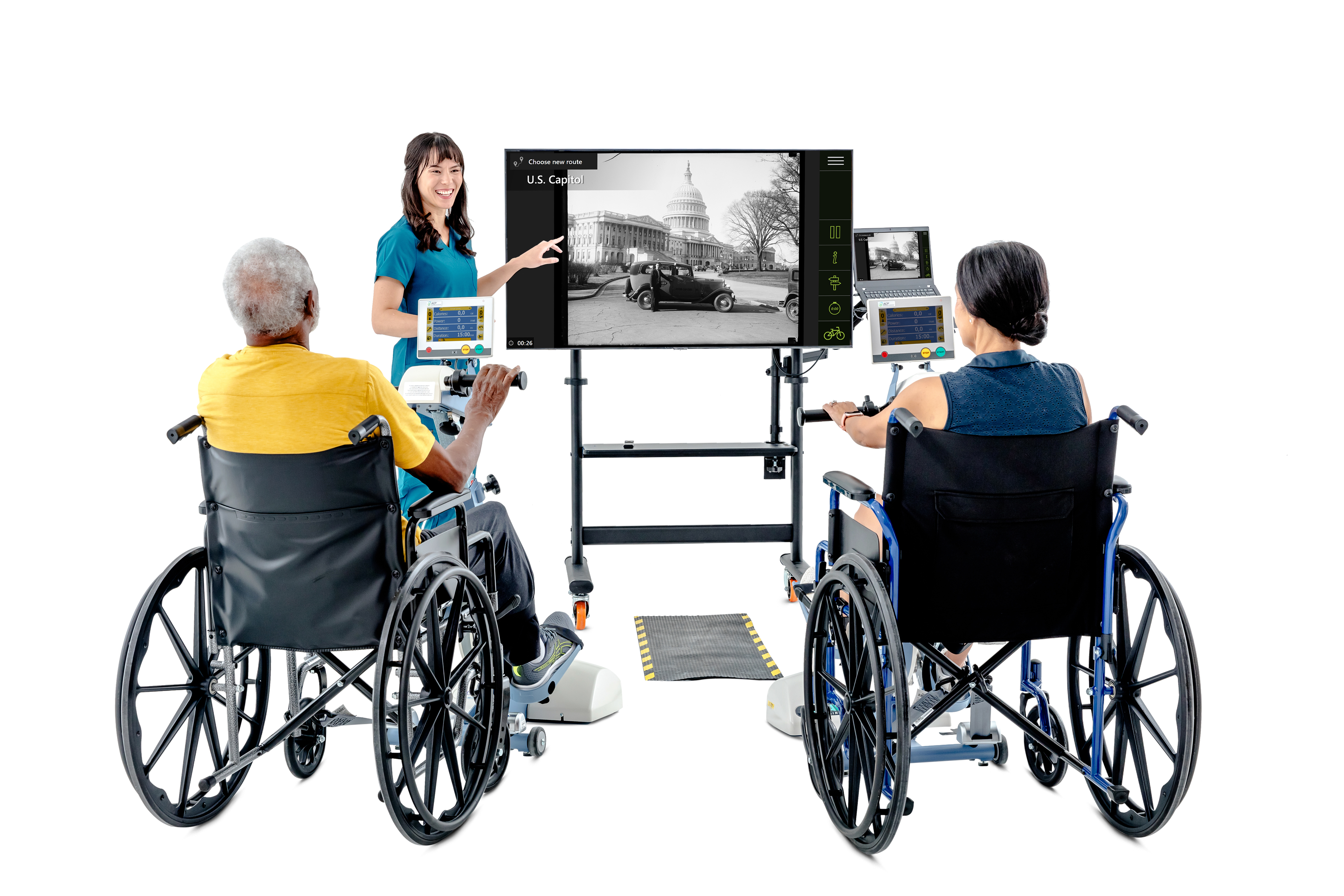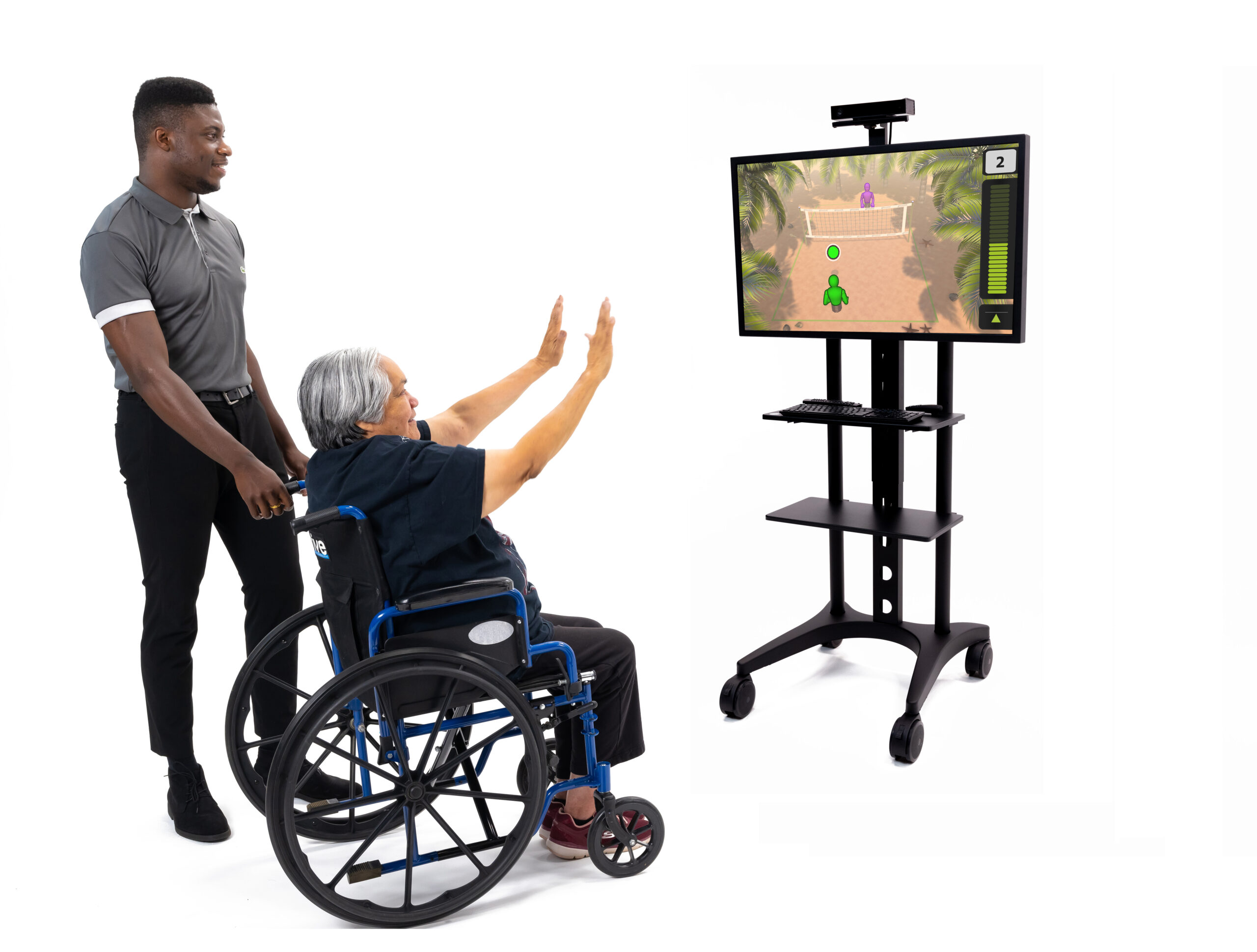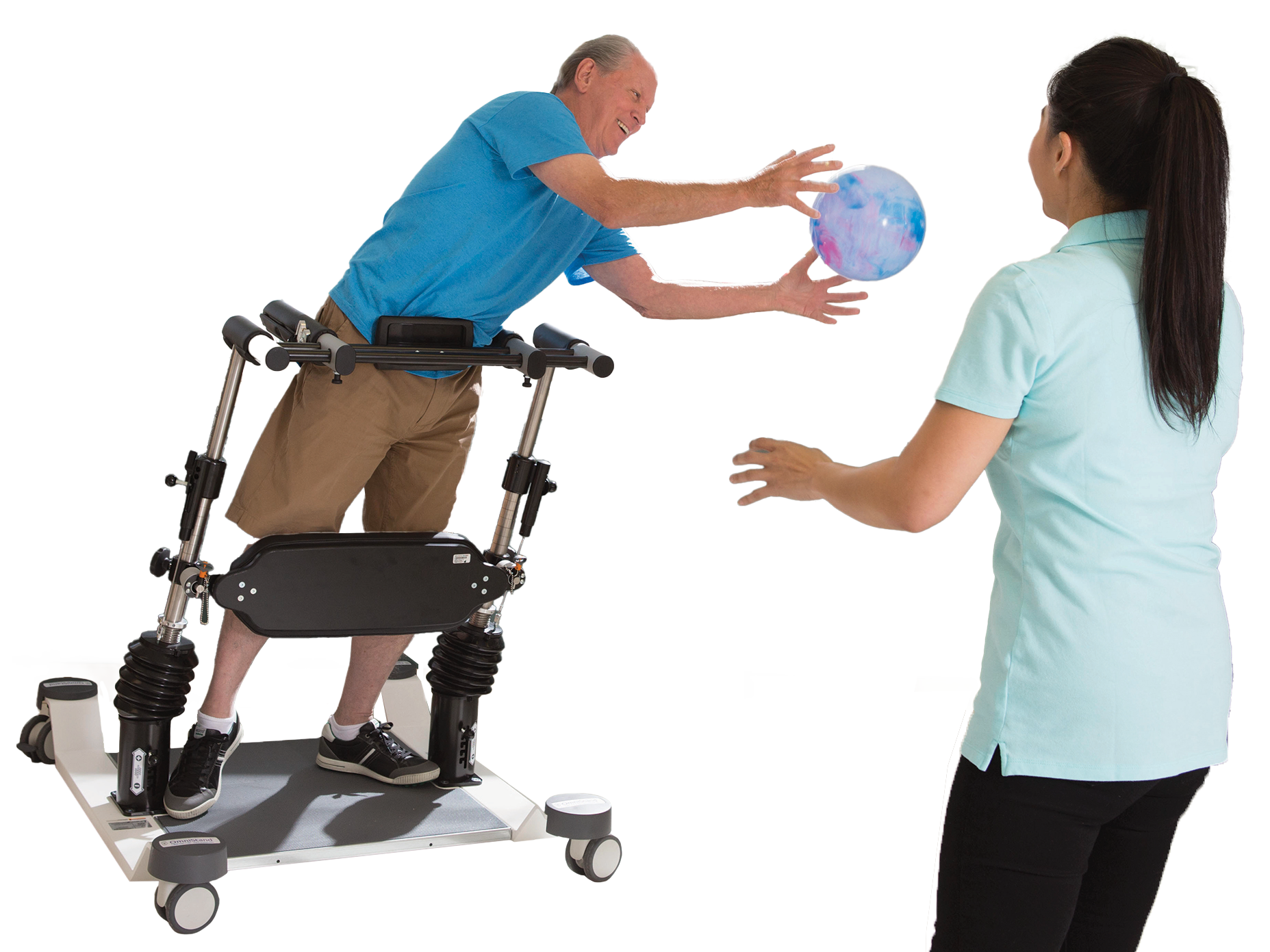This 71-year-old woman experienced nine falls in one week and a urinary tract infection (UTI) that resulted in a five-day hospitalization. Following her hospital stay, she required increased assistance with all functional tasks. Before this hospitalization, she lived with her grandchildren and was able to independently walk, navigate stairs, and complete all functional activities, including meal preparation.
To restore her functional abilities, she was referred to a skilled nursing facility for rehabilitation services.
Therapy Protocol
Physical & Occupational Therapy
- 5x/week x 2 weeks
OmniVR® Virtual Rehabilitation System
- Transfer training using Bingo virtual reality (VR) exercise
- Balance and gait using City Walk VR exercise
Additional Interventions
- Gait training, balance training, and therapeutic exercise
After only two weeks of physical and occupational therapy, this patient was able to sit-to-stand independently, stand longer, walk and use stairs, and significantly reduce her fall risk.
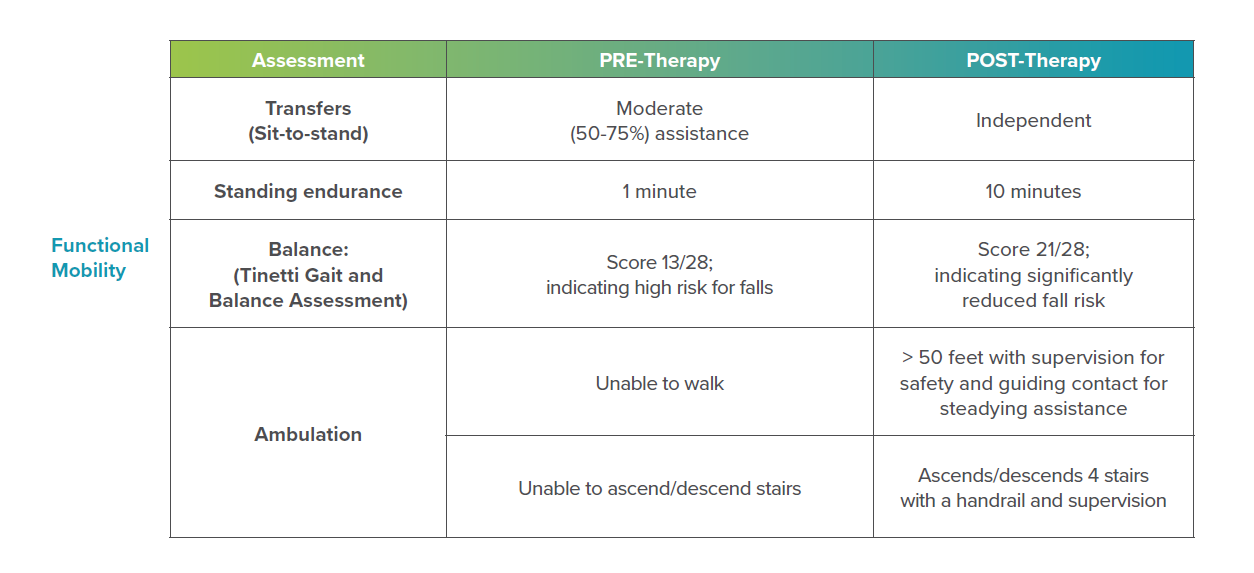
This patient was very happy she progressed so quickly with therapy and that she was able to return home with her family’s support. Her therapists feel the OmniVR really helped improve her ability to get up from the chair and walk.
I really like competing with the other patients on Bingo!
Patient
Bring OmniVR to Your Facility
Make therapy more fun, engaging, and motivational for your patients with the power of virtual reality.
MRK-BLOG-029
This 71-year-old patient experienced nine falls within a week and a urinary tract infection that resulted in a five-day hospitalization. Following her hospital stay, she required increased assistance with all functional tasks. Before this hospitalization, she lived with her grandchildren and could independently walk, navigate stairs, and complete all functional activities, including meal preparation. To restore her functional abilities, she was referred to a skilled nursing facility for rehabilitation services. Learn how her care team used virtual reality exercise to regain her mobility.

